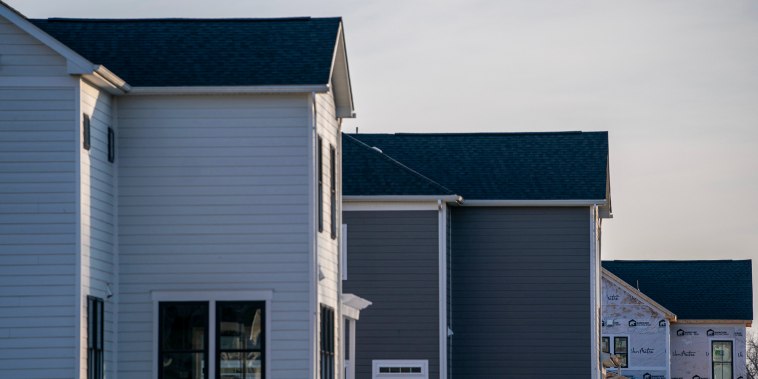The US housing market is constantly evolving and undergoing changes. Today, as we reach the dawn of a ‘new normal,’ the housing market is becoming more vigorous and dynamic than ever. Forwarded by a broad host of economic and social factors, the ‘new normal’ for the housing market is defined by 7% mortgage rates, a figure that potential homeowners are going to need to grapple with in the coming years.
The 7% ‘new normal’ is a remarkable shift from the historically low mortgage rates that dominated the housing market over the past decade. This shift is primarily driven by the Federal Reserve’s decision to increase interest rates as a response to burgeoning inflation. The decision, although relatively controversial, is expected to stabilize the economy in the long run, even if it initially increases the cost of living and, by extension, home ownership.
These escalating mortgage rates are also being propelled by a robust economy that has experienced a considerable upturn in recent years. Improved employment rates and higher wages have led to increasing demand for housing, causing sellers to raise their prices – a dynamic that has driven the mortgage rates up.
However, the impact of the 7% mortgage rate is two-fold. On one hand, it’s a daunting prospect for first-time homebuyers who are already struggling to enter a sky-high housing market. Increased mortgage rates mean higher monthly payments, ballooning the financial barriers to home ownership. Data from Freddie Mac, for example, indicates that a 1% rise in mortgage rates can increase monthly payments by up to 13%. This trend looks set to continue with these new rates and could put pressure on potential buyers already grappling with high housing prices.
On the other hand, it presents a valuable opportunity for investors and existing homeowners. Higher mortgage rates can result in increased rental opportunities, as fewer people are able to afford to buy their own homes. This trend can fuel the rental market and create opportunities for rental income. Existing homeowners can also look towards refinancing their homes at a lower interest rate. This would help them save in the long run and navigate the high costs presented by the ‘new normal.’
Yet, realistically, homeowners must consider the broader implications of a 7% mortgage. This includes assessing factors such as adjustable-rate loans and lock-in interest rates, which can shield them from future rate hikes. Moreover, potential homeowners may need to recalibrate their approach to homeownership, including saving more for a down payment or exploring more affordable housing markets.
The ‘new






























